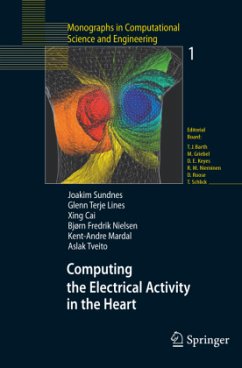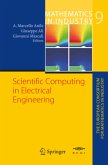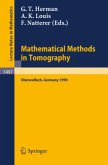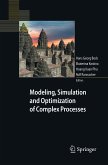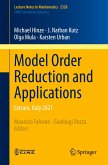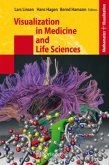The heart is a fantastic machine; during a normal lifetime it beats about 2.5 billion times and pumps 200.000 tons of blood through an enormous system of vessels extending 160.000 kilometres throughout the body. For centuries, man has tried to understand how the heart works, but there remain many unsolved problems, problems that have captured the attention of thousands of researchers worldwide. There is, for example, a huge amount of research being devoted to the analysis of single heart cells. Other areas of research include trying to understand how it works as a complete muscle, and how blood ows through the heart. The entire process is extremely complex. The history of bioelectricity can be traced back to the late eighteenth century and the experiments of Luigi Galvani. A century later, in 1887, Augustus Wallers managed to measure the electrical signal generated by the heart at the surface of the body [142]. His dog Jimmy earned a place in history by being the rst to have his heart measured in this way; see Figure 1.1. In 1903 Willem Einthoven [34] - veloped the rst commercial device for recording electrocardiograms (ECGs); see Figure 1.2.

